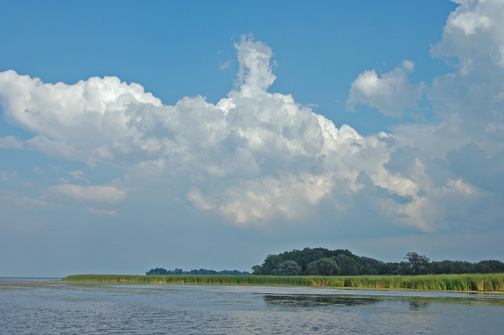 Hurricane-Super-Storm Sandy has had a big effect on the State of New York, its politicians and planners. Built into the Draft NYS DEC Open Space Conservation Plan are strategies and priorities concerning coastlines.
Hurricane-Super-Storm Sandy has had a big effect on the State of New York, its politicians and planners. Built into the Draft NYS DEC Open Space Conservation Plan are strategies and priorities concerning coastlines.
RIPARIAN BUFFERS, COASTLINE AND WETLAND PROTECTION PROJECTS AIMED AT REDUCING THE IMPACTS OF STORMS, STORM SURGES AND FLOODING ON HUMAN AND NATURAL COMMUNITIES {131.}
Open Space conservation programs and strategies that focus on protecting wetlands, floodplain, forests and coastlines should be our first line of defense to protect adjacent private property and communities from increased storm intensity, flooding and rising sea level. These natural resource based programs are usually far cheaper than “engineered” solutions that often shift negative impacts downstream or to adjacent property owners, as well as not being sustainable for the long term or protecting natural resources. As an added benefit, these programs can promote the resilience of
natural communities to climate change (for example, by enhancing aquatic connectivity, protecting cover along streams and lakes that serve as refuge for trout and other cold water fish species). Spatial modeling can inform where strategic investments in the protection of riparian and wetland areas through fee and easement acquisitions can promote more climate-resilient human and natural communities and should be used to prioritize protection projects.
Do you have any comments to make? Make sure to email to LF.OpenSpacePlan@dec.ny.gov Comments must be received by December 17, 2014.










